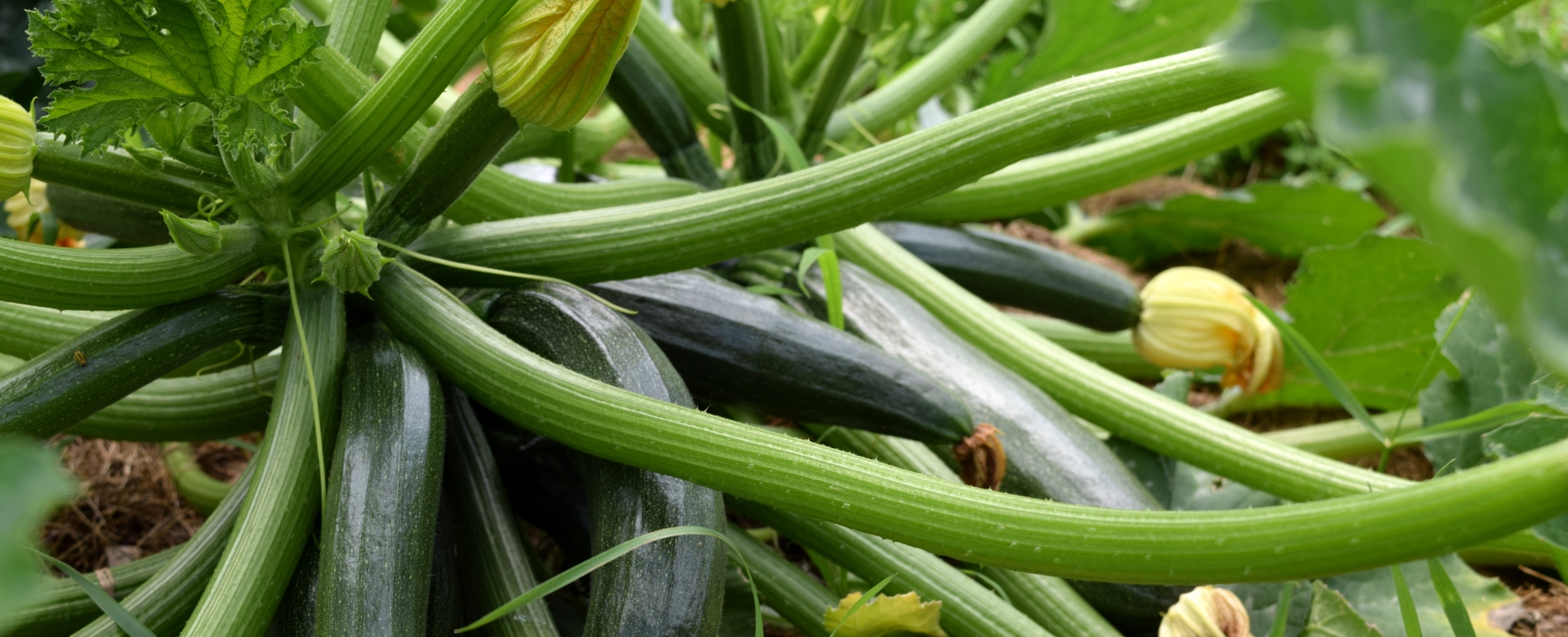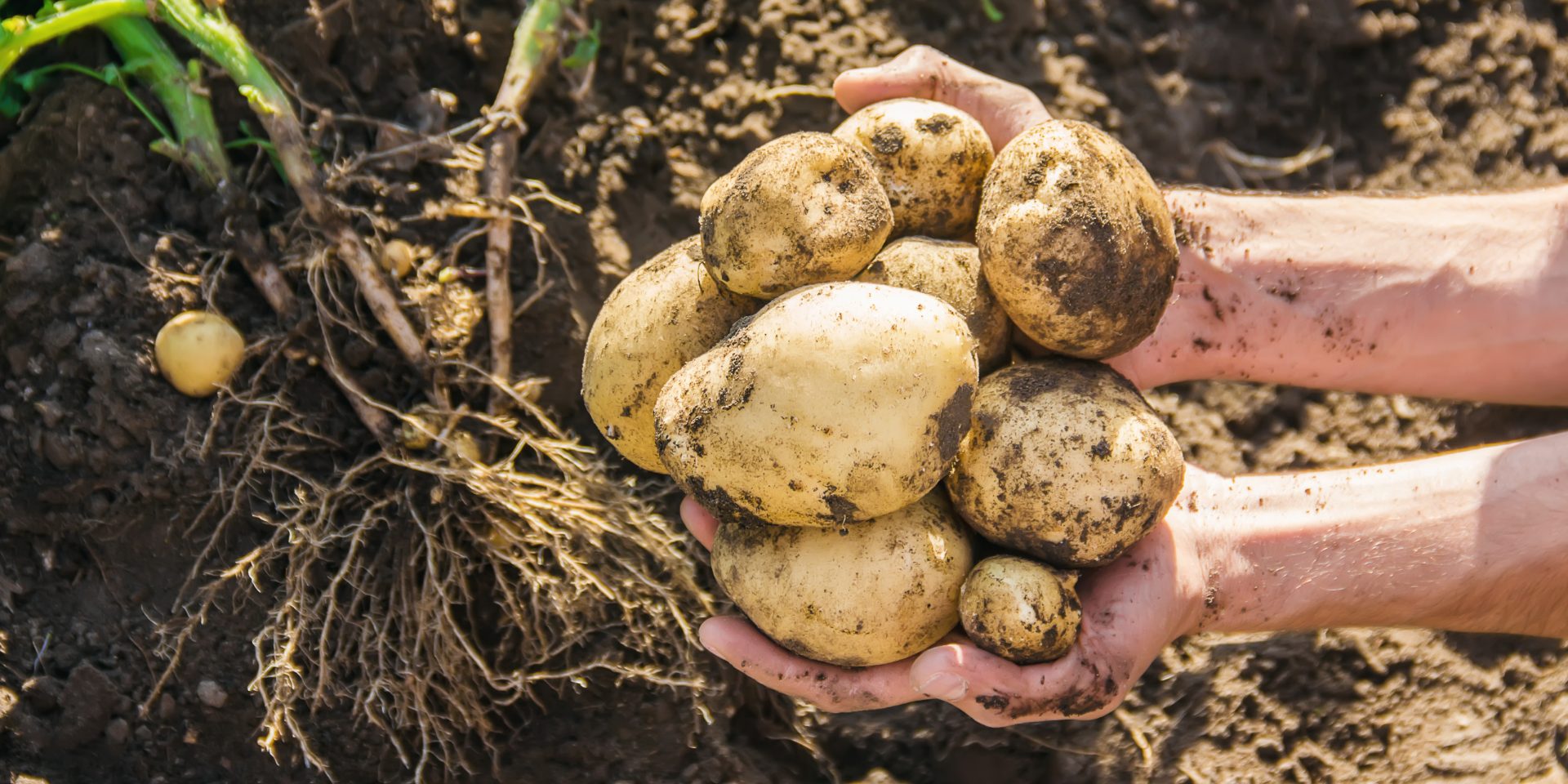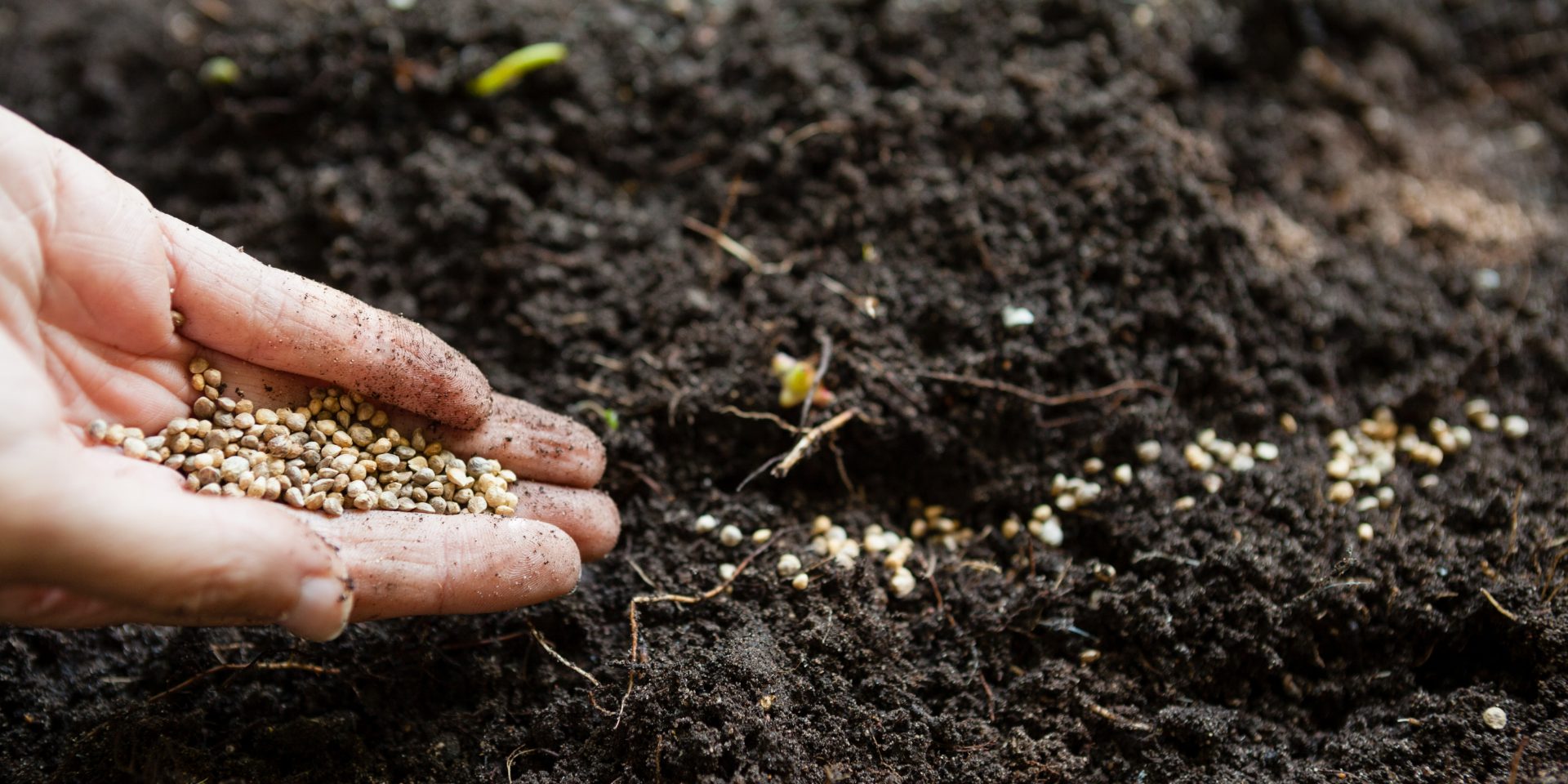Potatoes are one of my favorite veggies to grow. But if there’s one trick I’ve learned for growing potatoes, it’s this: Hill your potato plants!
Hilling refers to adding soil around the base of the plant as it grows in height. A mound of well-draining soil around the plant provides space for the young tubers to grow. And if you do it right, it can help to maximize yield and deliver better-tasting potatoes.
If you’re like me, though, you might not have the first clue about how to hill potatoes.
I sure didn’t. But I figured it out after asking for advice from a fellow gardener. Now, a half dozen years later, they’re a garden favorite for me!
I wanted to share an easy process for hilling potatoes that you can use in your garden, as well as some tips and benefits of hilling potatoes. Keep reading for secrets to your best potato harvest yet!
Why Do You Need to Hill Potatoes?

Potato hilling isn’t always necessary. But as many gardeners will attest, it does offer some advantages, from increased yields to better-tasting tubers. Here are some of the specific reasons why you might hill your potato plants:
- Maximum Yields: Potato plants grow upwards and grow horizontal stems. Hilling provides more space for tubers to grow from the horizontal stems. That means more potatoes for you!
- Sunlight Protection: Potatoes are a root crop. And when they’re exposed to sunlight, they can get bitter, will green (and become inedible), or may even develop a toxic chemical. Hilling protects young potatoes from the sun.
- Weed Control: Hilling might reduce the need to weed, as the mounds suppress weeds. If you mulch with straw, you’ll also reduce the need to weed.
- Frost Protection: If there’s a late spring frost, you can hill the entire plant to protect it from the cold temperatures. In the fall, hilling may provide some insulation, and therefore, it can also extend the growing season.
- Improve Moisture Retention: Hilling will improve moisture retention around the base of the plant. This will prevent the plant from drying out and can help to improve consistent growth results.
How to Hill Potatoes (Step-by-Step Process)
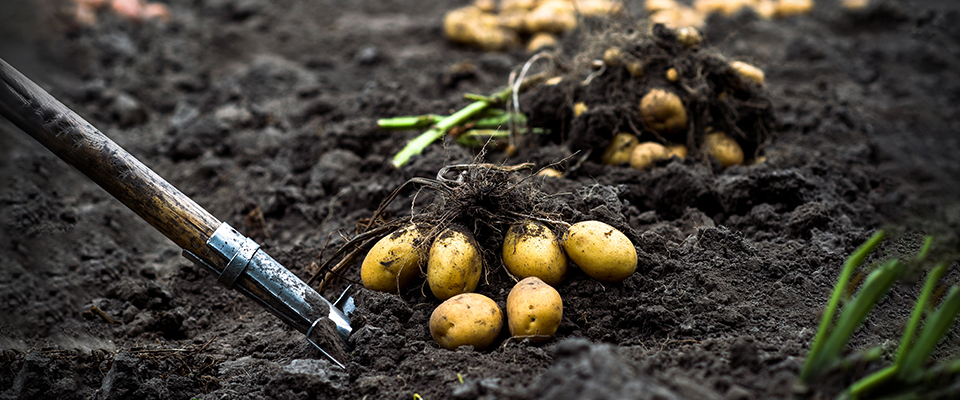
Hilling potatoes is easy. All you will need is some loamy soil or potting mix and a hoe.
First, look for growth. You’ll want to start hilling when the plant reaches about 8-12 inches tall. Choose a moist, rich and loose soil. If the soil is too dry, it can damage the stems. Then, you can choose one of these methods:
- Use existing soil: Some gardeners just draw soil from the aisles. Using a hoe, pull the soil from the aisles in between your plants. Then, gently pull the soil up around the base of the plant, creating a 4- to 6-inch cone around the base.
- Use fresh soil: Another option is to create a loamy mix to use for hilling. You can simply pour enough soil around the plant to create a cone of soil around the base. Then use a hoe to carefully pull soil around the base.
For the second hilling, you might skip soil and just use straw. Apply a thick straw layer (4-6 inches) around the plant’s base. This will make it easier to harvest, and it is much less labor intensive. Once harvested, you can go ahead with the process of curing potatoes to extend their shelf life and to keep them fresh for a long time.
However, just remember to monitor your plants. Potato hills will erode due to wind and rain. Replenish the hill throughout the season, if you notice erosion.
Alternatives Potato Growing Techniques
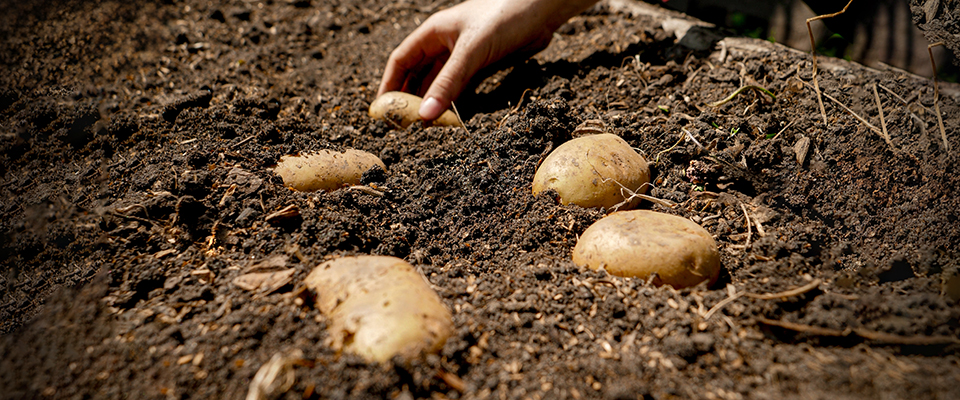
Don’t want to hill your potatoes? Good news! There are many gardening techniques you can use to avoid hilling altogether. Some of the top alternatives include:
Deep Planting
With deep planting, you plant the potato seeds 2-4 inches deeper than you normally would (about 9-12 inches deep). This method eliminates the need for hilling.
However, there are drawbacks. Deep planting means your plants will be slower to surface, increasing the time to harvest. Additionally, harvesting deep-grown potatoes may be more labor-intensive.
Mulching
Mulching is a variation on hilling. After planting, you add a thick layer of mulch (like straw or shredded leaves). Throughout the season, you’ll continue to add to the mulch layer to protect the young tubers from the sun.
Mulching tends to be less time-consuming, and it improves moisture retention and stabilizes the soil temperature. However, the key is to replenish mulch throughout the season (especially after heavy rain).
Potato Grow Bags
Another method is to use a potato grow bag or potato barrel. In this method, you start the potato plant in a grow bag, and then throughout the growing season, add additional soil to the bag.
Potato growing bags typically open at the bottom, which makes harvesting more convenient.
How Frequently Should You Hill Potatoes?
Do you need to hill potatoes more than once per season? That’s a common question, and typically, the answer is yes.
Generally, you’ll hill 2-3 times per season. Here’s a quick look how to hill potatoes and how often to do it:
- First Hilling – After the plant grows to about 8 inches, you’ll mound soil around the base up to about 4-6 inches.
- Second Hilling – The plant will continue to grow. After it reaches another 6-8 inches tall (generally about 3-4 weeks), you can repeat the hilling process. Note: Many gardeners hill only with straw or hay the second time. This makes harvest easier.
- Third Hilling – This may not be necessary. But after another 2-3 weeks, you may want to do a final hilling. This may only be necessary for fast-growing varieties.
Pro Tip. Once the plants start to flower, you should stop hilling, as it’s no longer beneficial for the crop.
What Factors Affect Potato Hilling?
But you may need to do more depending on these three factors:
Plant Growth
You start to hill potatoes when they reach 8-10 inches in height. You repeat the process each time the plant grows another 8-10 inches. Therefore, it’s highly dependent on growth conditions and your plants.
Variety
Potato varieties can be determinate or indeterminate. Determinate potatoes have a bushy growth habit, and they grow potatoes at the seed planting depth. These varieties don’t need to be hilled.
However, indeterminate varieties, like Asterix potatoes, grow slower, but they are more vine-like. This results in the need for 1, 2 or 3 hillings. There are also shallow-growing varieties like Yukon Gold or Red Thumb, which may only require 1 or 2 hillings.
Soil Type
Potatoes prefer loamy, rich, well-draining soil. However, they adapt to a wide variety of soil types.
If, however, the soil is very loose, the crop can start to peak out of the soil and may require more frequent hillings. Additionally, potato mounds are susceptible to erosion. A heavy rainstorm, for example, may require you to rebound the mound around the plant.
What’s Your Preferred Potato Growing Method?
Have some tips and tricks to share? Leave a comment and let us know. The bottom line is that growing potatoes is fun and rewarding. But it’s a little tricky. Hilling might seem intimidating and time-consuming. But really, the process is straightforward.
Just add some soil around the base, build a nice supportive growing bed. And voila! You’ll be making fries and potato salad for the whole neighborhood.
Gardening in New York? Homegrown Outlet has all your gardening needs covered. Visit one of our locations today for soil amendments, organic fertilizer and much more.
FAQs on Potato Growing
No. This isn’t necessary. Instead, mound soil up to just below the top sets of leaves. The only time you might want to cover all the leaves is when frost is forecast. You would cover all the leaves to insulate the tender foliage from the frost.
It depends on the variety and your growing technique. Some potato varieties are determinate and grow a crop just below the soil line. With these varieties, over-hilling may reduce yields.
You can also try potato grow bags, deep planting, or mulching to eliminate the need to hill the potatoes.
Typically, you’ll want to do a first hilling with soil and a second (with soil or mulch). A fast-growing variety may require a third hilling to protect the developing crop from sun and pest damage. After you harvest, you’ll also want to cure your potatoes.
You don’t have to get fancy! In fact, existing soil from your garden will suffice. However, if you’re growing potatoes in a raised bed or container, you may need to add additional soil. In this case, you might use a soil-compost mix – just remember to keep it light. Too much compost may reduce the soil’s draining capacity.


